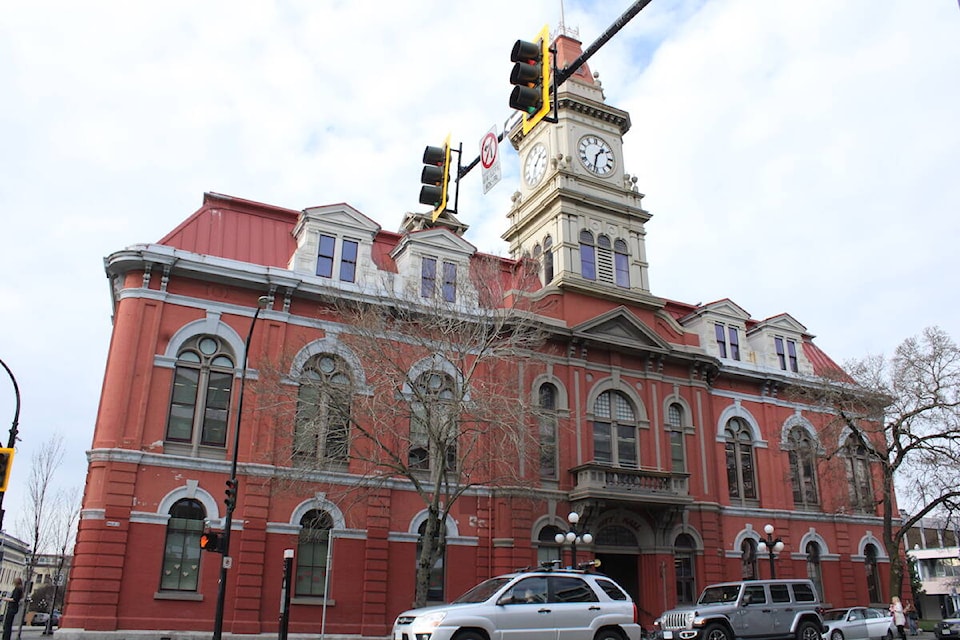Victoria will study the impact of requiring a minimum unit size in residential buildings downtown as some at city hall are wary such a move could lead to collateral damage.
Coun. Stephen Hammond put forward a motion Thursday (Sept. 26) directing staff to set a minimum housing unit size of 33 square metres (355 square feet) citywide as part of Victoria's zoning modernization work.
His motion said that minimum square footage is already required for several multi-unit zones in the city, but it doesn't apply to much of downtown.
Councillors voted instead to have staff report back on the potential implications of such a move as several said they didn't have enough information to make the change on the fly. That report will come in the form of a verbal update in several weeks.
Hammond's motion would've also considered exempting non-profit housing providers and supportive housing units from the minimum size requirements, but Coun. Jeremy Caradonna said the move could impact market projects. Others worried the requirement may deter garden suites, student housing or tiny homes.
Coun. Dave Thompson said the policy could worsen the housing shortage and impact students, seniors, low-income folks or others who may want to live in micro units.
"I'm not sure why we want to limit people's choice or tell people how they have to live," he said.
Hammond also said he doesn't think it's a coincidence units are being built below a threshold that allows companies to be exempt from paying development cost charges.
Municipalities use development cost charges to pay for infrastructure such as roads, sewers and parks needed to meet the demands of new development. The Local Government Act says the charges are not payable in relation to the construction, alteration or extension of self-contained dwelling units in a building if each unit is no larger than 29 square metres.
Hammond said that can create a gift to developers building smaller units and he wants them to pay their fair share. His motion stated the minimum size requirement would ensure units are livable and serve various household types.
“All I think is that opposed to creating cubby holes for people to live in, which are not going to be cheap, they’re still very expensive; the very least we can do is align (unit sizes) with the rest of the city,” Hammond said during Thursday's meeting.

